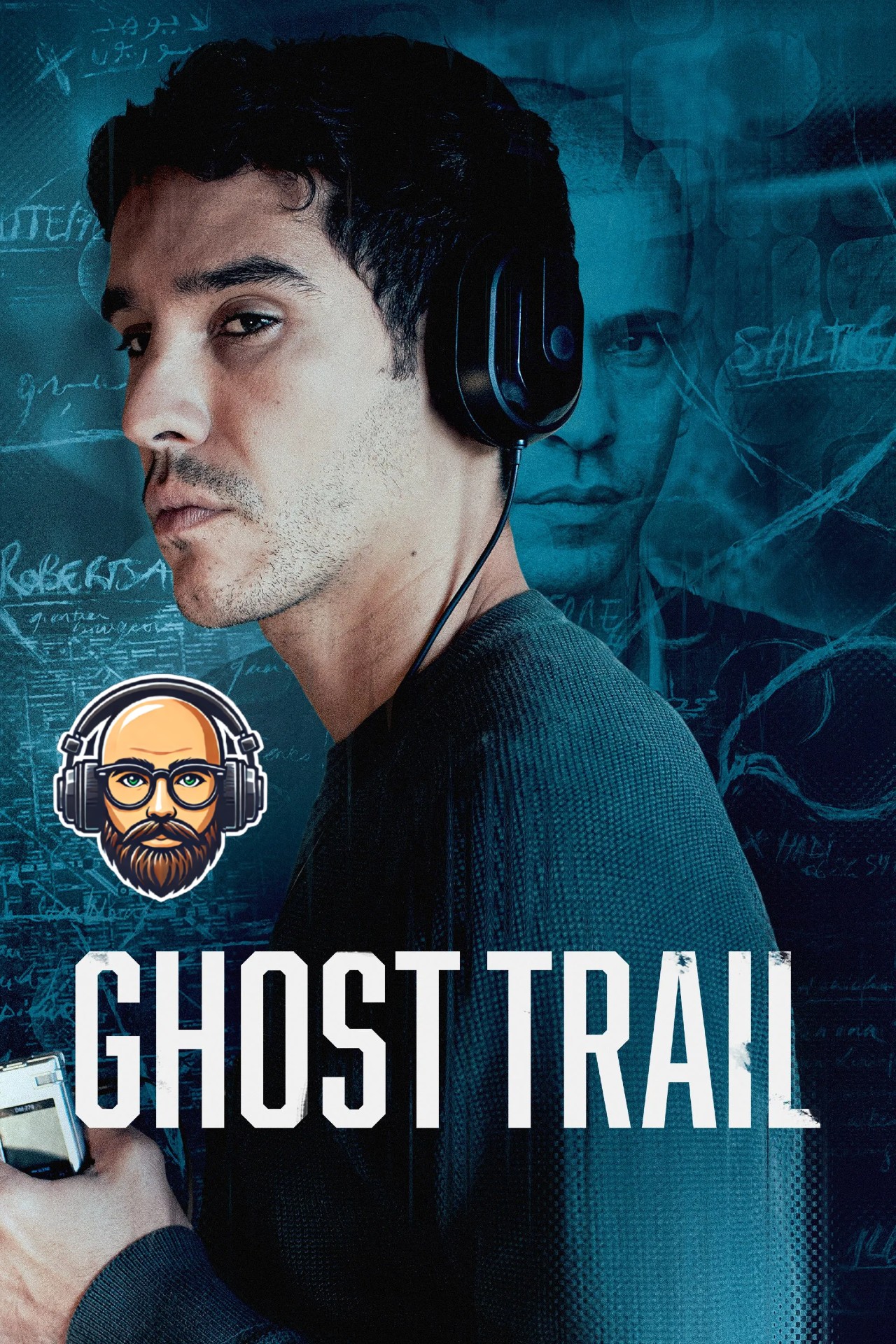Ghost Trail

Review Date:
Synopsis: Hamid joins a secret group tracking Syrian regime leaders on the run. His mission takes him to France, pursuing his former torturer for a fateful confrontation.
Review:
In Ghost Train director Jonathan Millet drives the characters and viewers through a deliberate and devastating story that is rooted in real-world trauma inflicted on the protagonist and the other members of his secret group. The film opens with dark and noisy truck full of people that are dumped out in the desert and told to get out and walk, with the camera finally settling on a single man’s face after we see a man collapse and other’s leave him behind. That man is the main character named Hamid played by Adam Bessa, a former Syrian literature professor, now living in exile in Strasbourg, France, who joins a clandestine network dedicated to identifying and exposing Syrian war criminals hiding across Europe. His latest mission becomes deeply personal when he believes he has identified his own torturer from the infamous Saidnaya prison living freely under the name Harfaz, a confident, charismatic chemistry student, played by Tawfeek Barhom.
Hamid of driven by his convictions and fueled by his trauma, this laser focuses all aspects of his life on confirming the identity of Harfaz. His mission is made more difficult because while being tortured he never saw his torturer’s face at anytime during his captivity. Also his memories are mere fragments because of the physical and psychological torture, he eventually gets himself close enough to Harfaz to smell him as another data point to confirm his identity since that was one of his least impeded senses during the sessions of torture. His uncertainty and desperate want to find his target turns the manhunt into an internal struggle and truly Hamid’s next torture as he confronts the fallibility of memory, the ethics of retribution, and the weight of his own obsession. The perspective of the film interleaves from present-day stealth and suspense with fractured and unclear flashbacks, showing how the past continues to invade every corner of Hamid’s waking life.
The film uses parallels to unfold and accentuate the themes of the movie throughout, these pairings are leveraged to point out aspects of the plan, the characters or to compound the feeling for the audience. One of my favorite uses of parallels is how Hamid is stalking his target in the real world and the group is meeting within a video game to coordinate and discuss their plans, leveraging the built in voice chat for this purpose. In the game while they are talking out a plan to follow, identify and eventually send this person’s identity to a journalist so they will be brought to justice their avatars are stalking and killing nameless and foes without a second thought or acknowledgement. There is another member of the group is in Strasbourg that is meeting with Hamid from time to time, handing off money and details in spy film, clandestine style drops, that we eventually find out is named Nina. Nina, played by Julia Franz Richter, appears cold and distent in the initial interactions but when Hamid is floundering and breaking after listening to many interviews of other Syrians that were tortured by Harfaz, Hamid reaches out for a human and honest connection to Nina. He asks her real name, and she finally admits it and then he presses her about what or who she lost and this is a bridge to far initially but seems to begin a fracture in her soul and stoic facade. Later when Hamid is floundering in his resolve and is questioning his ability to confirm Harfaz’s identity, Nina admits her motivation is the loss of her husband and the use and torture of her child in the process. This fracturing of Hamid is mirrored into Nina by her admission and acknowledging her loss and devastation, she takes her shot and the opportunity to kill the man they have been stalking and believe to be her husband’s torturer and child’s murderer. Hamid is now stalking both her and their target, sees Nina knife in hand and steps between them and takes the blade into his own side saving the man and maybe Nina’s soul in the process.
The film ends without a clean resolution, the conclusion is full of ambiguity and emotional turmoil for the Hamid and the audience. The truth is there is a cost of both action and inaction, and both can hurt and heal us, the tally we be made against the justice incurred. In the end Millet’s film is a frank and unflinching exploration of what it means to live after trauma, with a thesis statement that no amount of distance or retribution can resolve the destruction of the human; the only path forward is to pursue justice. Evan though is is imperfect and is itself flawed if can begin the healing of deep wounds of both body and mind.
 Never miss a story from us, subscribe to our newsletter
Never miss a story from us, subscribe to our newsletter